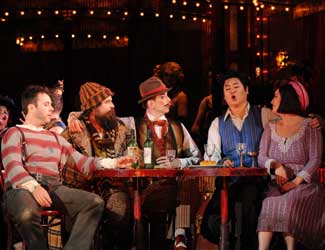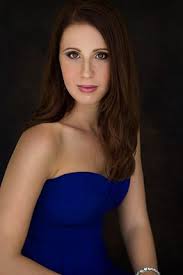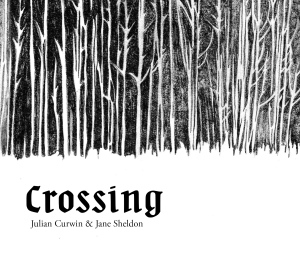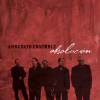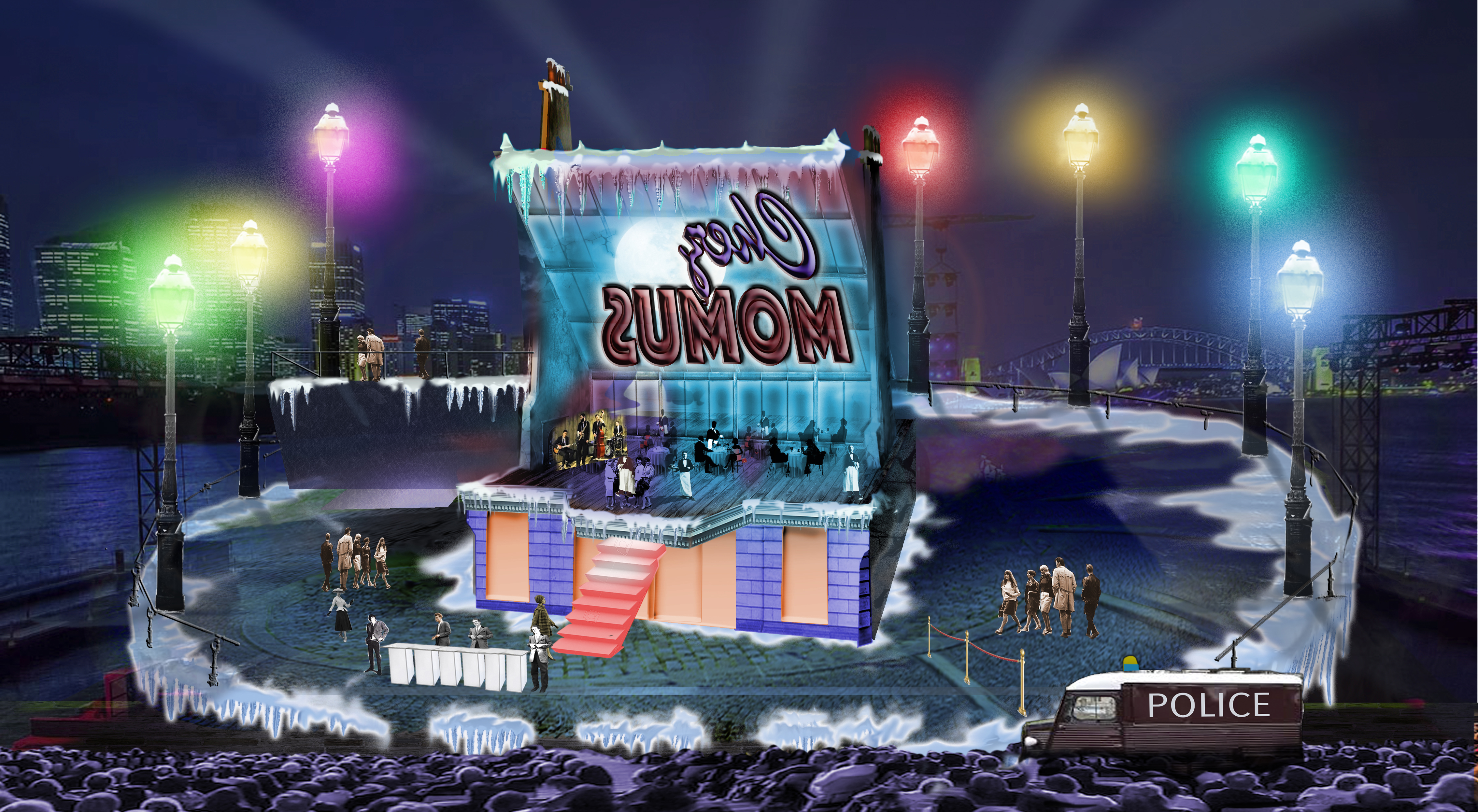Opera Review: La boheme/ Opera Australia
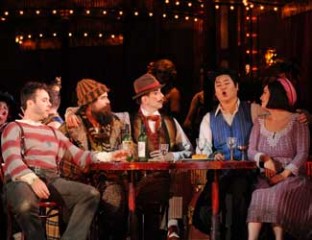
Photo credit Branco Gaica.
La bohème – Giacomo Puccini
Opera Australia, 6 January 2016
Joan Sutherland Theatre, Sydney Opera House
Once again, the Opera Australia summer season features a revival of Gale Edwards’s production of La bohème which has been presented every year since its premiere in 2011. These continual revivals presumably make good financial sense by attracting Sydney’s summer tourists. The strategy appears to be successful in drawing younger patrons as the average age of the audience for this performance was noticeably lower than for audiences during the main winter season. There can be few regular opera-goers, however, who return frequently to revisit this now very familiar production and line-up of singers.
Gale Edwards’ production is set in the bohemian atmosphere of Berlin in the early 1930s. This year’s revival director Andy Morton has reprised this production in previous years. It retains its freshness and energy with the Act 2 set remaining a spectacular highlight while the third act remains the least successful, with a nondescript location, unmotivated movement and the squabbling from Marcello and Musetta completely upstaging the thrust of the dramatic action.
The only singer who is new to this revival is the young Korean tenor Yosep Kang. Kang’s career has been developing rapidly in Germany and Austria and he is now making his Opera Australia debut. In several ways he is one of the more successful of the tenors who have sung Rodolfo in this production. Like all the singers in the present cast, he looks good on stage and his singing displayed a clear, strong tone that was well projected and free, especially in the upper register. His singing was sensitively phrased over a suitably wide dynamic range. He was dramatically convincing and his reaction to Mimì’s death brought the performance to a more affecting conclusion than has sometimes been the case.
In the opera’s other main role Natalie Aroyan portrayed a very attractive Mimì. Her clear sound was always musically phrased and she was dramatically convincing, encompassing Mimì’s tentative entrance in the first act through her slow decline until the end. She and Kang formed a pair of credible lovers.
As Musetta, Lorina Gore repeated her fine interpretation from previous seasons. She presents a convincing blonde bombshell in Acts 2 and 3 with a histrionically appropriate over-the-top character. In the final act she moulded a much more sensitive and moving characterisation.
Andrew Jones performed Marcello which he has sung in several previous seasons. This is a fairly uncomplicated interpretation which suits the character of Marcello. Richard Anderson sang the small role of Colline and displayed his attractively rich bass sound in the coat aria. Shane Lowrencev has sung Schaunard in all the previous seasons of this production, again reprising Edwards’s idiosyncratically camp interpretation of the character. Clifford Plumpton as Benoit and Adrian Tamburini as Alcindoro both performed their cameo roles well.
The OA chorus and Children’s Chorus trained by Anthony Hunt and Thomas Johnson sang with the full, disciplined sound which is their trademark and which make them such valued assets.
The orchestra was conducted by Carlo Montanaro, marking his debut with the company. On the basis of this performance he should be invited to return. His tempi were well-chosen and his use of rubato had a natural ebb and flow. He supported the singers sensitively and paced the orchestral climaxes effectively. At the conclusion of the last act he must be wholeheartedly thanked for raising a hand towards the audience to forestall the anticipated premature applause. This allowed the curtain to close slowly while the orchestra quietly played the despondent final bars. Full marks!
The members of the orchestra were very much at home with this familiar score. The members of the orchestra were very much at home with this familiar score. They produced a full, rounded sound and there was much sensitive phrasing by the concertmaster Huy-Nguyen Bui and the principal woodwind players.
As an aside, it seems that the Sydney Opera House management is now allowing patrons to bring glasses of wine into the Joan Sutherland auditorium. While this may make opera-going a more sociable experience it has the serious disadvantage of adding a further source of distracting noise during the performance when empty glasses are knocked over and roll and rattle to a standstill. This is not a desirable change, and one that Opera Australia should not accept.
Seventeen performances of this production of La bohème are being given this season during January and later in March when there are major cast changes.
Larry Turner for SoundsLikeSydney©
Larry Turner has been singing in choirs for many years – both in Sydney and London. He is an avid attender of operas and concerts, with an emphasis on vocal music. He particularly enjoys music from both the great a capella period and the baroque – especially the lesser-known works of Bach and Handel. He has written programme notes for Sydney Philharmonia, the Intervarsity Choral Festival and the Sydneian Bach Choir and is currently part of a team researching the history of Sydney Philharmonia for its forthcoming centenary.

